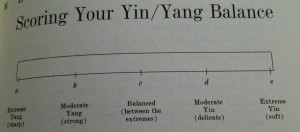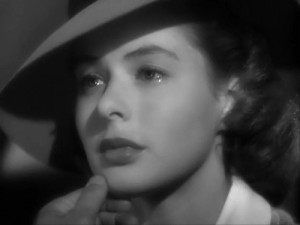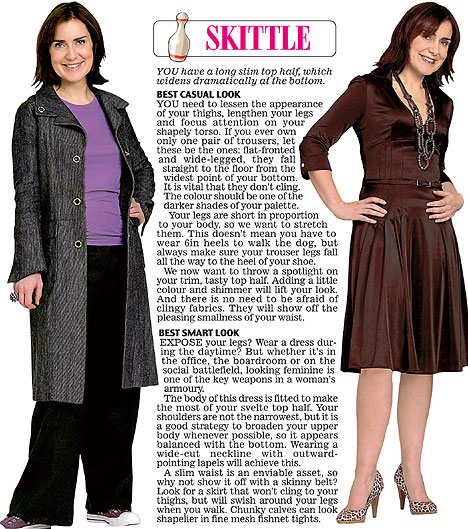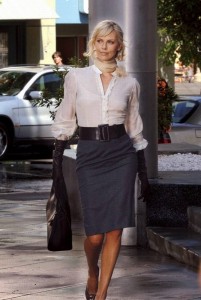I’m back to thinking of myself as a Light Spring after realizing that Light Spring makeup colors and neutrals suit me best. One of the issues with the spring seasons in general for me is that when season and personality are conflated, I don’t really fit into spring at all–especially Light Spring, which tends to be thought of as the most ethereal of probably all the seasons.
The other side to this is what a spring is supposed to look like. Not coloring-wise–with my light golden blonde hair and very fair-yet-warm skin, I have that part down. But as a Flamboyant Gamine, the typical image of a Light Spring is definitely in conflict with the stereotype of my season. You can read Christine Scaman’s post on spring makeup here. Light Spring’s makeup is supposed to be light in application and texture, not just color. This completely contradicts Kibbe’s makeup recommendations for Light Spring:
Makeup is your finishing touch. It provides the elegance and sophistication your Image Identity requires to be completely coordinated, head-to-toe. A “smoky face,” which combines deep, sultry colors with a touch of vibrancy around your eyes, strong cheeks, and a deep lipcolor, is your best look. Don’t choose shades that are overly bright; just a hint of color is necessary to bring out your flamboyant spirit. Stick to matte colors for the day, with a simple addition of sheer sparkle most effective at night.
Avoid: Pastel colors (too matronly on you). Watercolor blended edges (too aging on you). Only neutrals (too stark on you). Overly ornate or glittery face (too unsophisticated on you).
This is just one example of what can happen when your season and your Kibbe type don’t really seem to work together. (Let’s not even get into how most Light Spring Polyvore sets and Pinterest boards are completely irrelevant to my life and style. Most Light Spring inspiration looks something like this.) The real question here is how much your season does or doesn’t affect the way you interpret your Kibbe.
My way of interpreting Flamboyant Gamine is to simply try to buy clothes in Light Spring colors, and then putting them together the exact same way a, say, Bright Winter FG would. The end result is something like this post on Light Spring Punk: take Light Spring “black” and Light Spring “white,” and do the same thing a winter season would. But some would argue that my delicate Light Spring coloring requires some more delicacy that corresponds to my coloring.
For me, though, I think it works best to keep the intensity of FG, and just do it in my own colors as much as possible. If I want to a dark lip, I will find the color that is as deep as my palette goes. I know that a deeper coral will look as bold on me as a stark blood red on someone with stronger coloring.
I’m still trying to figure this out. I know that my FG recs WORK, and I know that I feel that this allows me to cheat somewhat with colors, that I can do bolder looks than, say, a Light Spring Romantic. But I am cheating the beauty of my coloring by doing so?



